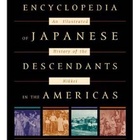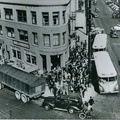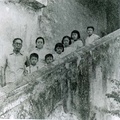The official beginning of Japanese immigration in Paraguay is traced back to 1936, when the first immigrant group arrived as agricultural settlers. The first Japanese agricultural colony of 134 households was established in La Colmena. Many moved to other cities and countries in search of better jobs and opportunities, while others stayed to face the hardships of malaria epidemics, natural disasters, and wartime restrictions on social and educational activities.
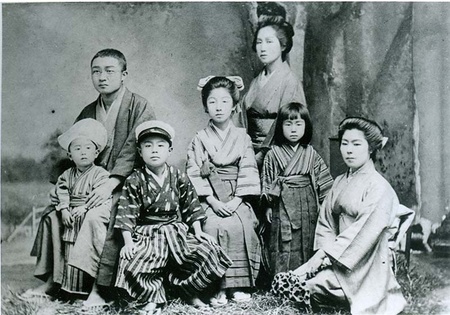
Post-World War II Influx
The next wave of Japanese immigration took place in the early 1950s when Paraguay opened its doors to countries devastated by the war. In 1953, the Japan Paraguayan Colonization Corporation assisted a number of Japanese to settle in “Fedrico Cháves” colonies in the southern part of the country, while the Company for the Promotion of Japanese Immigration set up agricultural colonies in Itapua Department (Santa Rosa, La Paz, and Fuji) from 1959. As a result of their remarkable success in developing regional agriculture, both governments officially concluded an immigration agreement, which would permit the entry of eighty-five thousand farmers from Japan between 1959 and 1989. However, only seven thousand Japanese actually entered Paraguay during the thirty-year period due to Japan's economic recovery in the 1960s.
Pirapó and Yguazú Colonies
The third group of treaty immigrants settled in the Pirapó and Yguazú Colonies of southeastern Paraguay, where they have engaged in the production of soy beans, wheat, orchard fruits, and cattle farming. The settlements have received substantial financial assistance from the Japanese government—the enduring linkage that has made the Issei and also many Nisei more prone to identify with Japan and to maintain Japanese cultural values, practices, and the language.
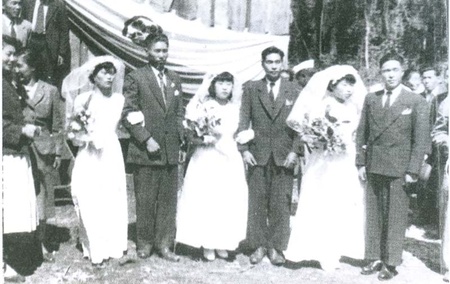
Source:
Akemi Kikumura-Yano, ed., Encyclopedia of Japanese Descendants in the Americas: An Illustrated History of the Nikkei (Walnut Creek, Calif.: AltaMira Press, 2002), 229.
* Developed in collaboration with the Centro Nikkei Paraguayo.
© 2002 Japanese American National Museum


